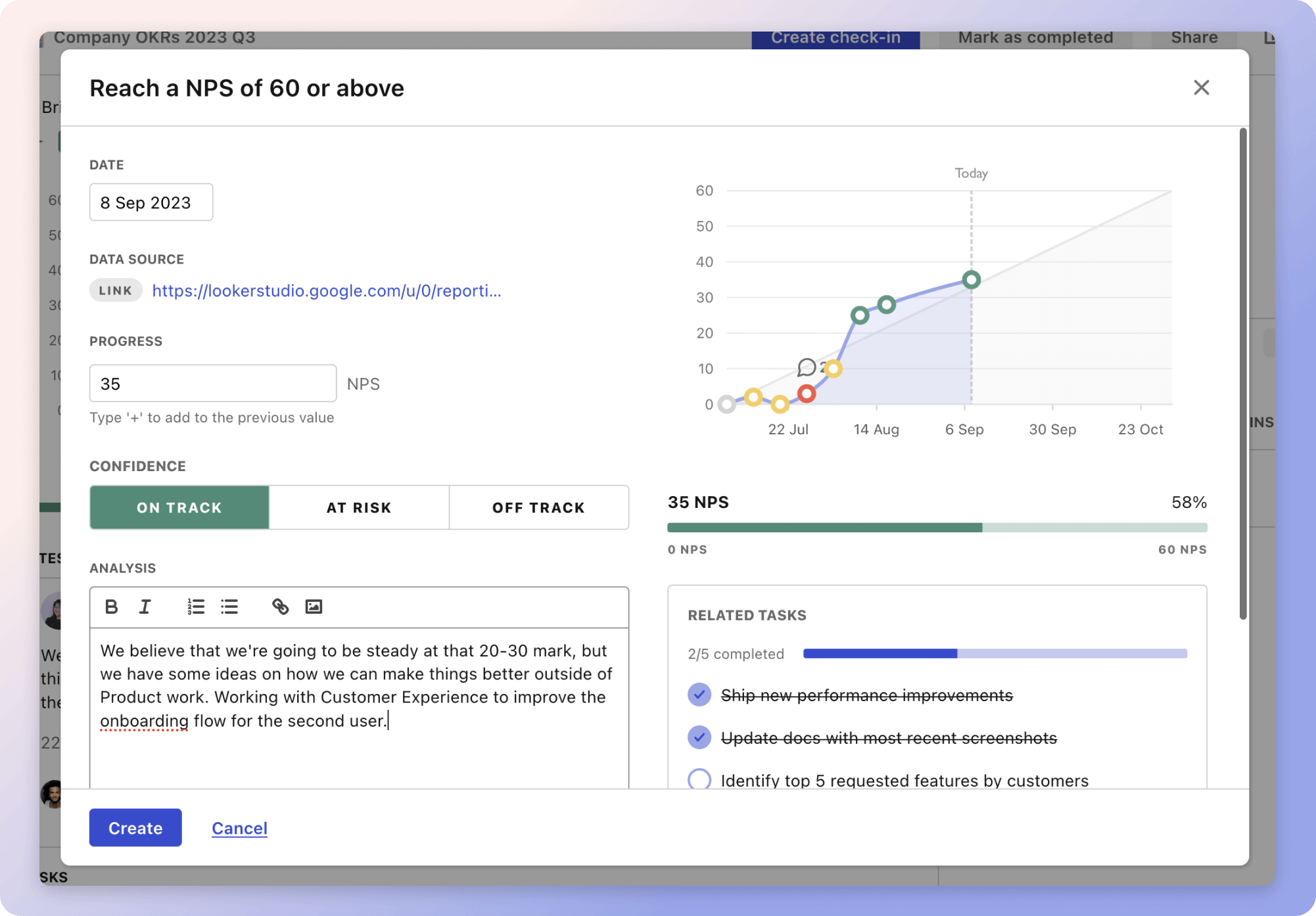The strategy for maximizing scores in the CUET 2025 for PCM, English, and GAT revolves around a structured and strategic 10-day study plan. One key aspect is organizing and prioritizing topics based on their weightage. By reviewing the latest syllabus and analyzing past patterns, students can create a prioritized list, following the 80-20 rule, and allocate study hours accordingly. For example, dedicating more time to high-weightage Physics topics can ensure students focus effectively.
Active learning techniques are essential to this strategy. Visual aids, like mind maps, help tackle complex topics, while spaced repetition aids in memorizing English vocabulary. Interacting with real-world scenarios enhances GAT application skills. Additionally, active recall through peer teaching solidifies understanding.
Developing a balanced study routine is crucial. This includes structuring study blocks for each subject, incorporating breaks, and using meditation to enhance concentration. Regular physical exercises and ensuring sufficient sleep further ensure well-rounded preparation. For instance, allocating prime concentration hours for PCM problem-solving can lead to better performance.
The strategies
⛳️ Strategy 1: Organise and Prioritise Based on Weightage
- Review the latest NTA CUET syllabus for Class 12 PCM, English, and GAT
- Analyse previous years' exam patterns and identify high-weightage topics
- Create a prioritised list of topics for each subject using the 80-20 rule
- Allocate study hours based on topic weightage and personal strengths
- Design a 10-day daily schedule allocating 8-10 hours per day for study
- Include a mix of high-weightage topics and personal weak areas in daily schedules
- Use Pomodoro technique (25 minutes study, 5 minutes break) to improve focus
- Set specific, measurable goals for each study session (e.g., complete a chapter, solve 20 problems)
- Create weekly check-ins to assess progress and adjust plans as needed
- Ensure study material for each topic is organized and ready each evening
⛳️ Strategy 2: Implement Active Learning Techniques
- Utilise visual aids like mind maps and diagrams for complex PCM topics
- Incorporate spaced repetition techniques for memorising English vocabulary
- Practice GAT questions with real-world scenarios to improve application skills
- Use active recall by teaching back topics to a peer or a study group
- Engage in regular self-quizzing for all subjects to identify areas of improvement
- Listen to English podcasts or audiobooks to enhance comprehension skills
- Solve past years’ CUET papers under timed conditions to simulate exam environment
- Regularly summarise information in own words to deepen understanding
- Employ mnemonic devices for difficult concepts in Physics and Chemistry
- Set aside 30 minutes daily to review all previously studied material
⛳️ Strategy 3: Develop a Balanced Study Routine
- Begin each study day with a 10-minute meditation to improve concentration
- Divide day into three main study blocks: PCM, English, GAT, with breaks in between
- Schedule English reading and comprehension exercises in the morning for a fresh mind
- Plan PCM problem-solving sessions during peak concentration hours (typically late morning)
- Assign late afternoon hours to GAT practices, focusing on critical thinking exercises
- Incorporate a 20-minute physical exercise break to boost energy levels
- Utilise evening hours for revision and self-testing on the day's learnt topics
- Include time for revision of difficult topics, using peer discussions or online forums
- Use reflective journaling nightly to track progress and emotions, adjusting strategies as needed
- Ensure adequate sleep each night to consolidate memory and maintain health
Bringing accountability to your strategy
It's one thing to have a plan, it's another to stick to it. We hope that the examples above will help you get started with your own strategy, but we also know that it's easy to get lost in the day-to-day effort.
That's why we built Tability: to help you track your progress, keep your team aligned, and make sure you're always moving in the right direction.

Give it a try and see how it can help you bring accountability to your strategy.
